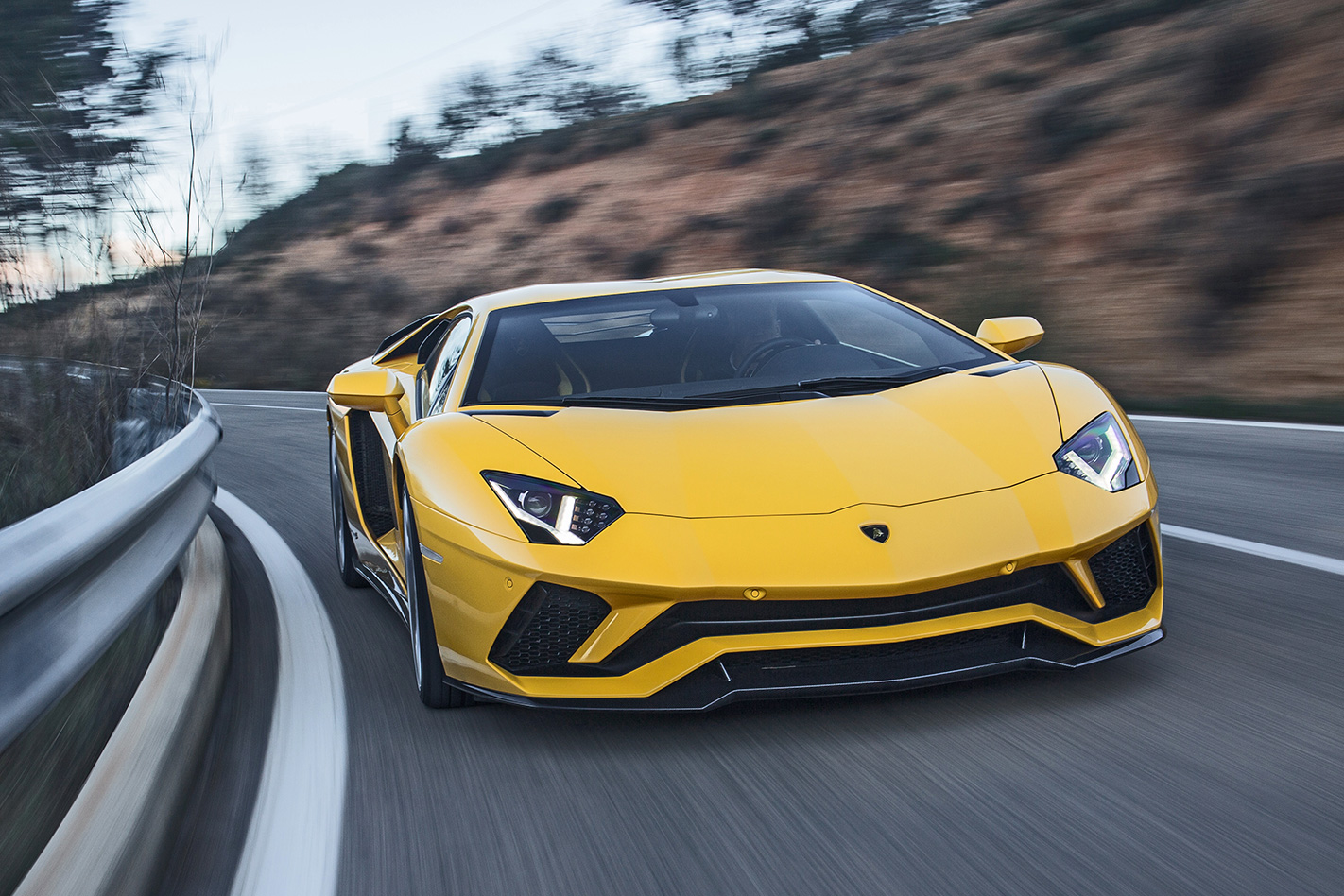If this new Lamborghini Aventador S has a job to do – over and above the usual one of providing the most attention seeking and dramatic way of getting from A to B – it is to prove to the world that Sant’Agata’s ‘super sports car’ can be as much about substance as it is style.
The original Aventador LP700-4 remains a spectacular looking car, underpinned with a genuinely impressive pushrod-suspended, carbon-fibre chassis and a thumping 515kW naturally aspirated 6.5-litre V12. No mistake, the Aventador is the ‘proper’ Lamborghini for those who consider the Huracan merely an Audi R8 in Italian designer clothes.
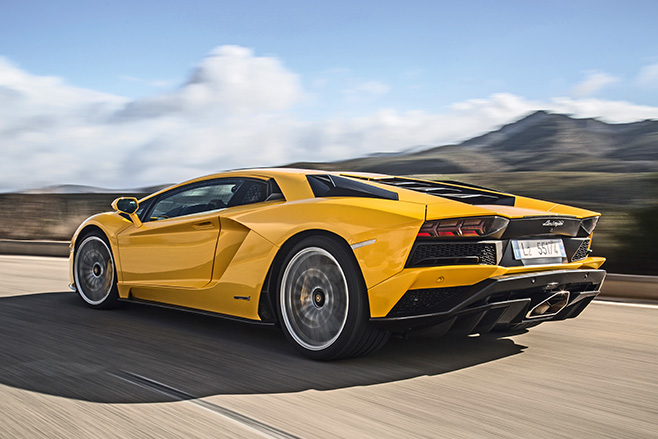
The limited-production SV version launched in 2015 proved that with a few dynamic tweaks and a little extra power there was potential in the Aventador to ruffle a few feathers in the supercar establishment, exactly as the brand has done since its founding in 1963.
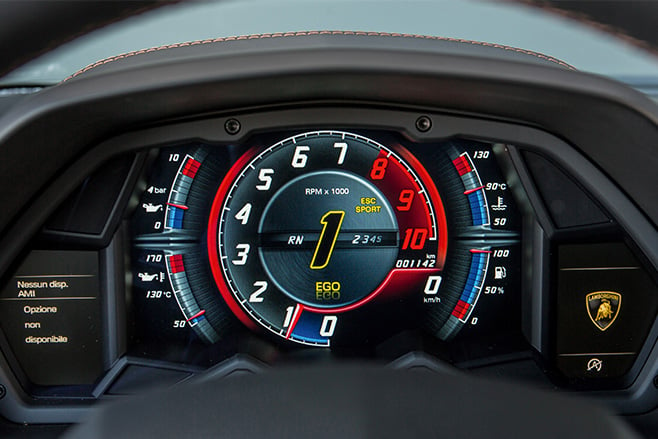
Not bad for a car relying on good old fashioned V12 grunt over hybrid gimmickry and with a list price about a third that of Porsche’s technological tour de force.
For the Aventador S, Lamborghini has carried over some of what it learned from the SV – Dynamic Steering included – while making the aforementioned power increase and aero upgrades. It has also added that latest supercar must-have, four-wheel steering, and thoroughly reworked the suspension and control systems.
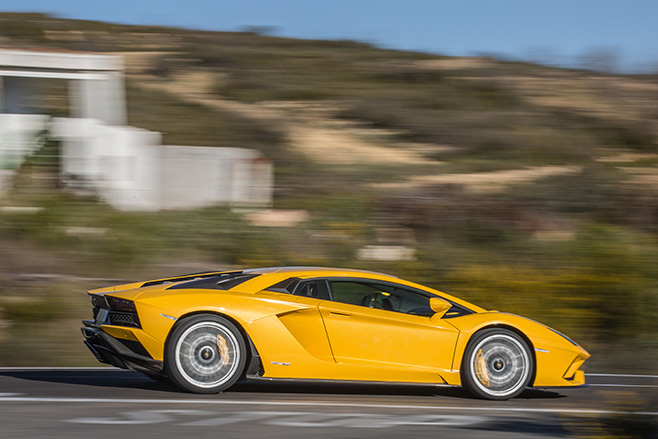
The Aventador S still feels hefty, but has more aerodynamic grip and increased agility from the four-wheel steering, so Lamborghini clearly hopes to address the criticisms about the Aventador’s lack of dynamic sparkle. Just in case you thought it was in danger of taking life a bit too seriously, there’s a new configurable driving mode over and above the familiar Strada, Sport and Corsa settings. It’s called ‘Ego’.
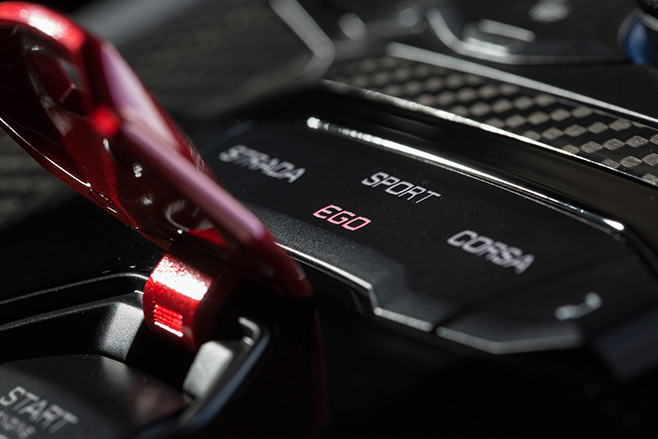
Be under no illusion, the Aventador S is a ferociously fast car and underlines just how outrageous that V12 remains, even in this age of hybrid assistance. Forget any electrically assisted pretence of saving the planet while travelling at 320km/h, though – updated or not, the V12 still chucks out a suitably unapologetic 394g/km of CO2 while achieving an average of just 16.9L/100km.

As in other applications, the four-wheel steering turns the rear wheels in the opposite direction from the fronts for greater agility in low-speed corners. At higher speeds, it turns them the same way as the fronts to give greater stability.
Meanwhile, the variable steering can go from 2.1 turns lock to lock to 2.4, offering scope for front-end bite as well as relaxed cruising and good manners around town. For those who dare to go on track, 130 per cent more downforce at 240km/h from a new front bumper and splitter further emphasises Lamborghini’s efforts to improve the front-end grip, suggesting it’s listened to the earlier criticisms. Does it all work, though?

When the track eventually opened, it was strictly controlled ducks and drakes behind cautious instructors. But even at a slow pace, the work that’s gone into this new flagship is evident. Working through the modes, Strada maintains the surprisingly ponderous feeling you could get from the LP700-4.
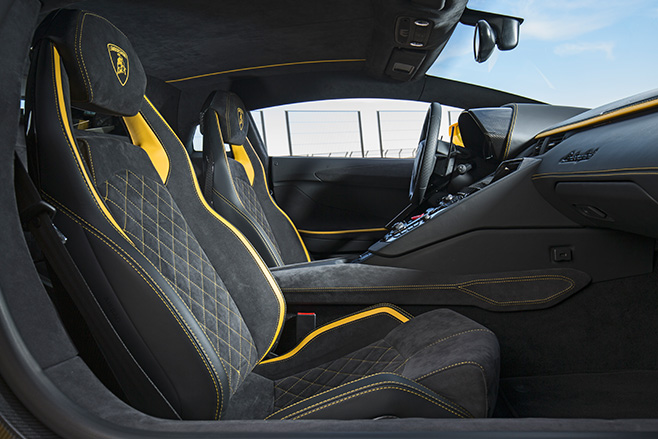
In Strada, though, it’s hesitant and long-winded in automatic and slow to respond to flicks of the paddle shifters in manual. The conservative front/rear torque split of 40/60 also means you have little choice but to tread carefully into the corner and then bide your time on the way out.
In the wet, Sport is more exciting, sending up to 90 per cent of the drive torque to the rear axle and letting you dial out mid-corner understeer on the throttle; the car rotates with commendable predictability considering the variances in steering lock, effective wheelbase length and rear-wheel steering. The stability control is sufficiently lenient in this mode to demand assertive corrections in slippery conditions.
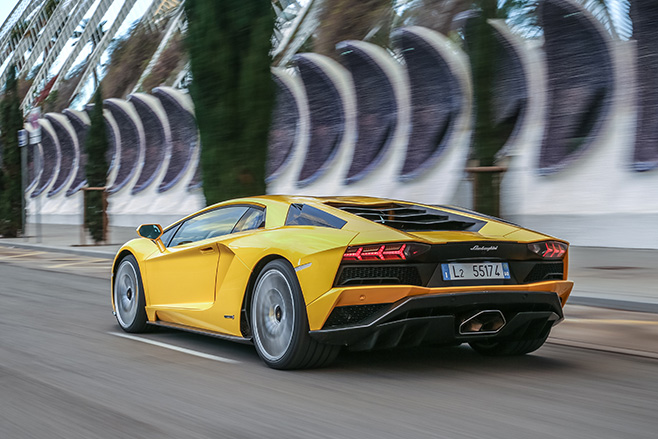
Ego, for all the novelty value of the name, simply lets you mix and match your preferred settings for steering, powertrain and suspension.
That there’s so much to adjust in the way the Aventador S drives is a significant progression from the LP700-4. Rather than a death grip at the wheel and gritted teeth, you now drive the big Lambo with something close to fingertip precision.
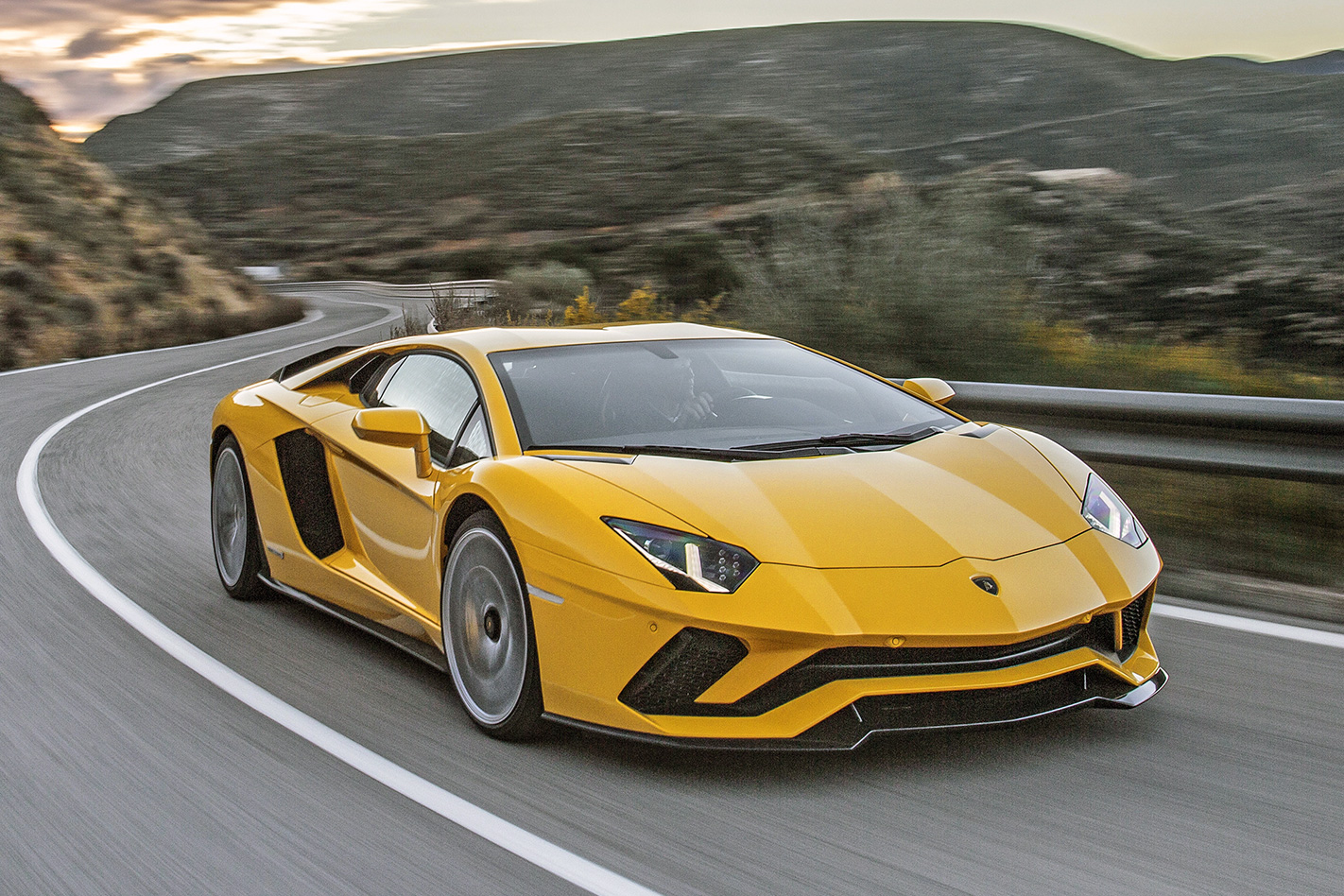
It is, in other words, a much more sophisticated and rewarding car without diluting the raw excitement any V12 Lamborghini should deliver. It won’t win over those who think it a bit much, but for those of us who take a childlike glee in such cars still existing, it’s nice to know it delivers on the looks at last.
4.0 OUT OF 5 STARS
Like: Stunning looks; performance; noise; upgrades Dislike: Terrible gearbox; ride still firm; massive price
SPECS Engine: 6498cc V12, DOHC, 48v Power: 544kW @ 8400rpm Torque: 690Nm @ 5500rpm Weight: 1575kg 0-100km/h: 2.9sec (claimed) Price: $789,425

